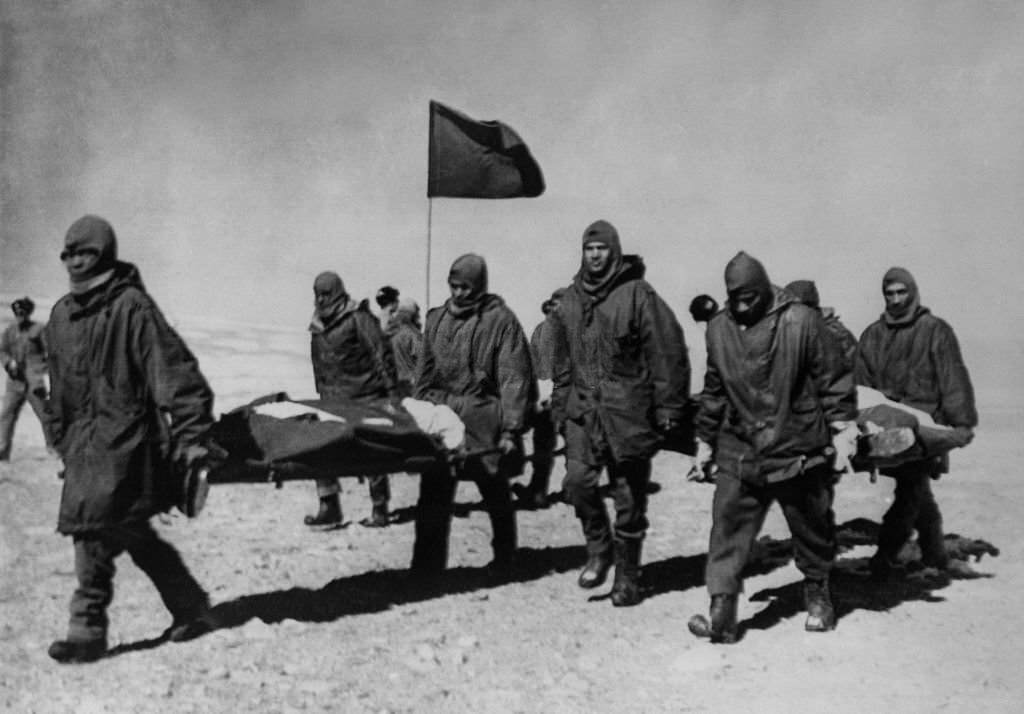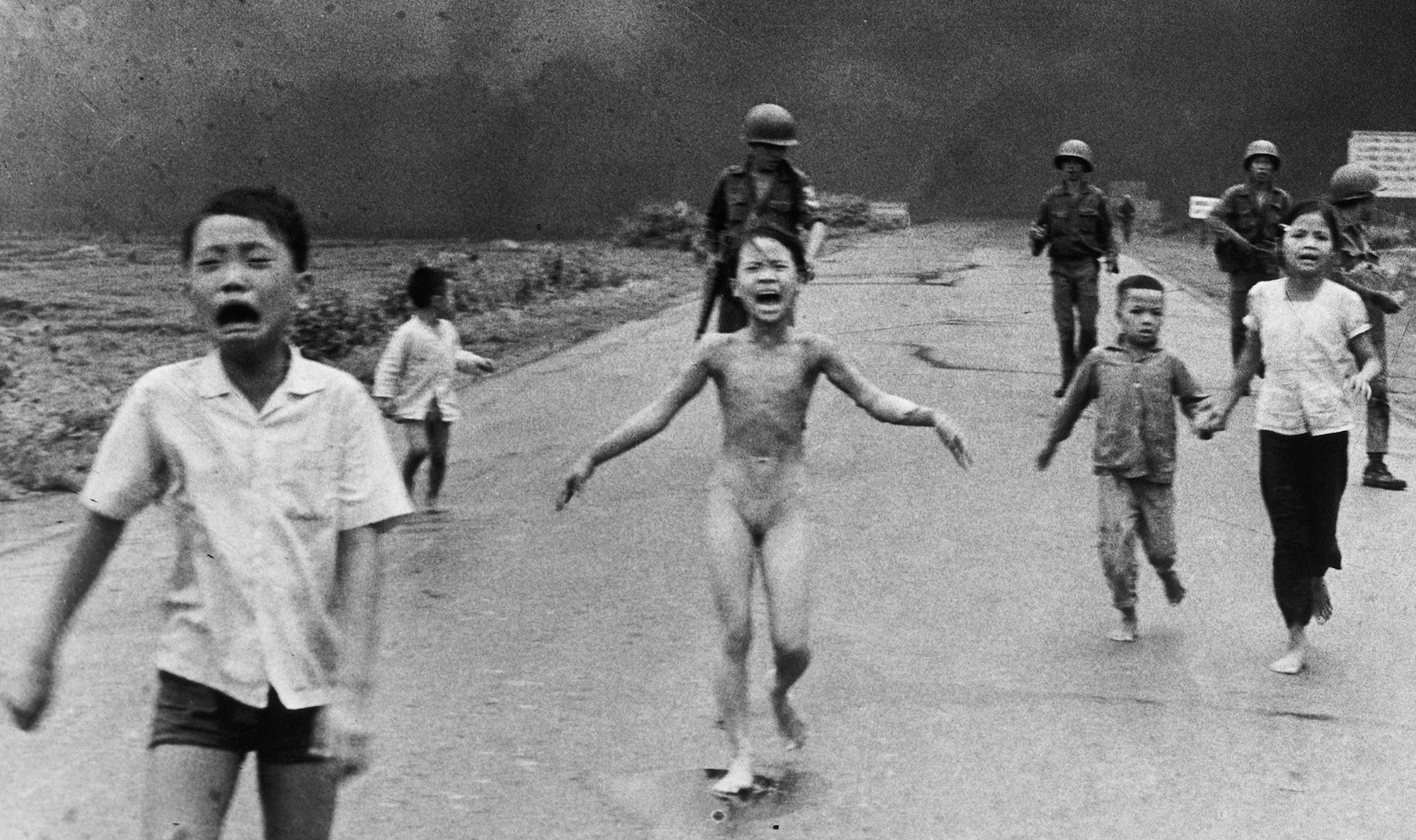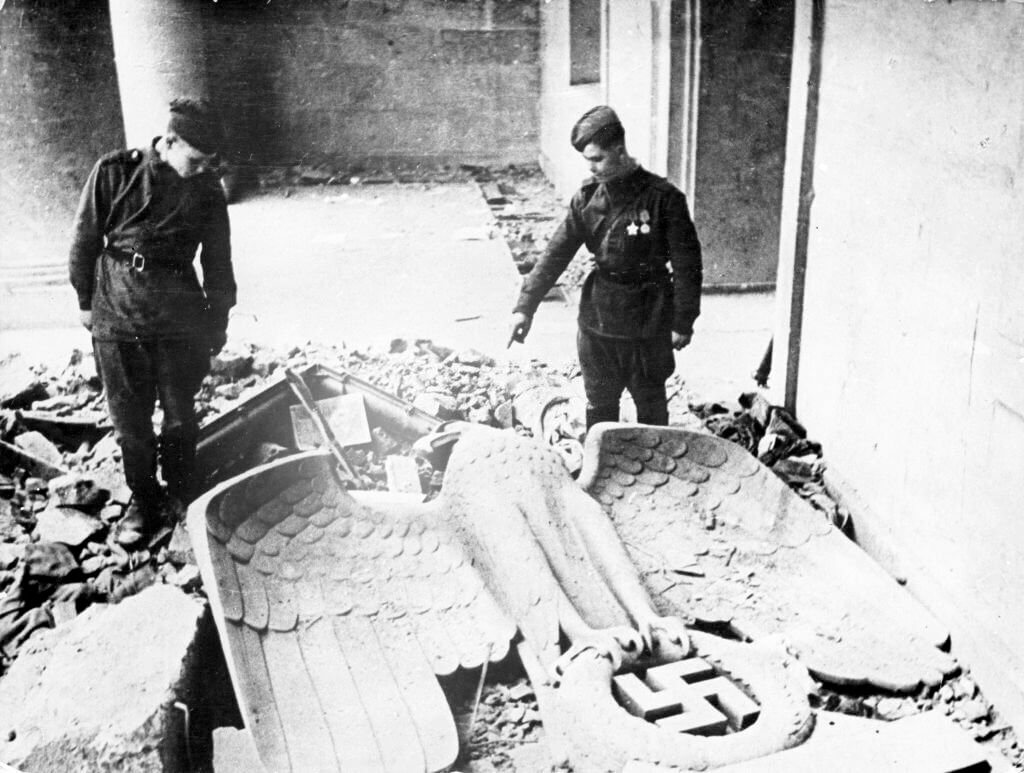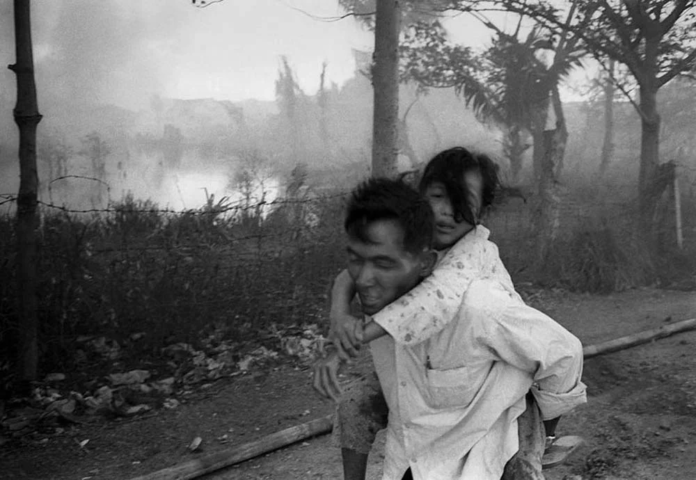War photography is photographing conflict in its truest form. Not only does it capture the arms and weaponry used and the fights, but it also features the effects of war on people and places. As much as it sounds scary, the photographers who practiced this genre have to be courageous and skilled in reality.
They need to have not only top-notch photographic capabilities, but their skills to adapt should be excellent as well. This is because the photographers who take part in this field work may find themselves in dangerous situations. They might even get killed during this process.
Some even face the wrath of the political groups involved in the conflict if they think the photographers try to oppose their views through pictures.
There are ethical and moral issues subjected to it, and it’s naturally emotionally draining.
Nevertheless, war photography has its charisma, and it holds a historical significance that is irreplaceable. The sense of satisfaction and achievement gained from presenting the truth to the world cannot be explained.
What is war photography?
War photography exhibits the picture of triumph and terrors to the public through a lens. It is a branch of photography that can present the truth in its rawest form or deform it. It circles around conflicts, but it also represents soldiers’ and citizens’ lives during the war.
It has a wider context than we normally presume. It is not just blood cold hostile war; it has varying emotions: pain, agony, victory, and the violence rooted in every war. In simple words, it reflects the photographer’s eyes through their camera lens for the whole world to see.
Have a look at this curated list of photographs that not only became representative of the war they were taken in but also expressed the hostility of war.
Refuges of Indo-China war 1962

India never suspected that the neighboring country China would ever launch an attack. Regardless of what Indian Leaders thought, China did attack India on October 20, 1962, which famously came to be known as the Sino-India war of 1962.
The belief of not ever being attacked by China did not let the Indian army prepare and left them with inefficient resources and the result was the battle between roughly 20,000 Indian troops and 80,000 Chinese troops.
The war continued for about a month and ended on November 21, after China declared a ceasefire with huge losses largely incurred by the Indian side. The photo depicts how Indian citizens suffered due to the inaccuracy of higher powers. Inflation and poverty struck the common man as they get displaced from their beloved home.
Vietnam War

Vietnam War, (1954–75), was a protracted conflict that hurled between the communist government of North Vietnam with its allies in South Vietnam, called the Viet Cong, and the government of South Vietnam along with its principal ally, the United States.
It was popularly called the “American War” in Vietnam (or, the “War Against the Americans to Save the Nation”), not to forget that the war was also part of a larger regional conflict than political.
The picture presents the hostility that the children face. The girl, who was named Napalm girl (now leads a peaceful life in Canada) cries for help as her skin burns due to bombing and fire in her locality.
Hiroshima-Nagasaki Bombing of World War 2

On August 9, 1945, the infamous mushroom cloud formed over the landmass of Nagasaki after the U.S. dropped the atomic bomb on the city three days after it did the same to Hiroshima, Japan.
The destruction that Japan bore after this led to its unconditional surrendering and that’s how World War 2 ended.
About 80,000 people died in the initial blast while around 70,000 more lost their lives due to radiation exposure. What could be more devastating? As the people who survived fell to cancer and other long-term effects of radiation and their future generations toiled with genetic disorders.
Nazi Downfall World War 2

Another World War II photograph became the symbol of the Soviet victory over Nazi Germany. The moment was captured by Yevgeny Khaldei and presents two soldiers raising the flag of the Soviet Union on top of the Reichstag building, Berlin in the background of the remnants of battle.
The Battle of Berlin was the final major combative in World War 2 and lasted from 20th April till 2nd May 1945.
The Red Army of the Soviet Union considered the Reichstag building as the symbol of Nazism, even though it had been closed and damaged since the Reichstag fire of 1933. Still, the Soviet army captured the Reichstag on 2nd May and marked their victory.
![]()


